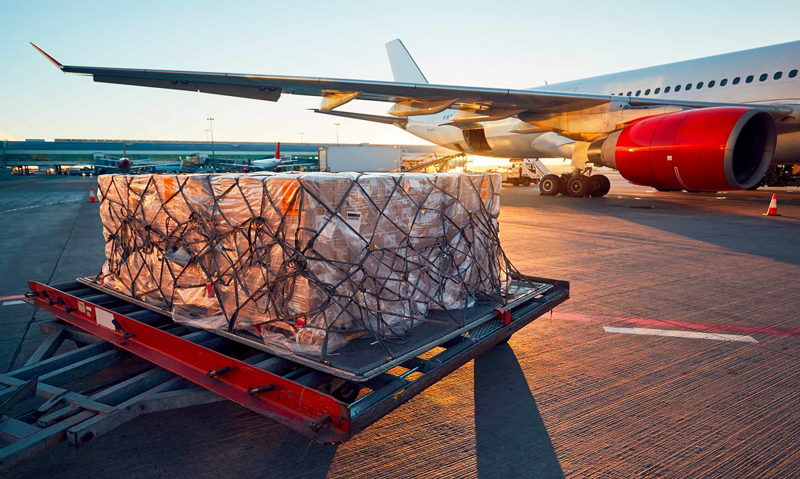Air Transportation


Air Transportation: An In-Depth Overview
Introduction
Air transportation plays a pivotal role in global commerce, connecting people and goods across vast distances within hours. This article explores the fundamentals of air transportation, its evolution, the types of air transport, its benefits and challenges, and the future of this industry.
The Evolution of Air Transportation
The evolution of air transport began in the early 20th century. The first successful powered flight was achieved by the Wright brothers in 1903. This groundbreaking event marked the beginning of a new era in transportation.
World War I further accelerated developments in aviation technology. After the war, numerous innovations emerged, including improvements in aircraft design, navigation systems, and aerodynamics. The 1920s saw the establishment of commercial airlines, which began offering passenger flights.
The post-World War II boom in air travel transformed the aviation landscape. Aircraft became faster, larger, and more reliable, leading to a dramatic increase in passenger numbers. The advent of jet engines in the 1950s revolutionized air travel, making it more accessible to the masses.
Types of Air Transportation
Air transportation can be categorized into two main types: commercial and cargo transport.
Commercial Air Transportation
Commercial air transportation involves the movement of passengers. Airlines operate scheduled flights, offering services from short-haul to long-haul destinations. Some key aspects include:
– Full-Service Airlines: These airlines provide a range of services, including meals, entertainment, and checked baggage.
– Low-Cost Carriers: These airlines offer budget-friendly flights with fewer frills, allowing passengers to choose additional services at an extra cost.
– Charter Services: Charter airlines provide flexible travel options, catering to groups and special events.
Cargo Air Transportation
Cargo air transportation specializes in moving goods rather than passengers. This segment is crucial for global trade and includes:
– Air Freight: Airlines dedicated to transporting freight, often using large cargo planes.
– Express Delivery Services: Companies like FedEx and UPS specialize in fast delivery of goods across the globe.
– Specialized Cargo: Some operations focus on transporting sensitive items like perishables, pharmaceuticals, or hazardous materials.
Benefits of Air Transportation
Air transportation has numerous benefits, including:
1. Speed: Air travel is the fastest mode of transportation, enabling rapid movement of goods and passengers.
2. Global Reach: Airports are spread worldwide, allowing for connectivity to remote destinations.
3. Safety: Despite high-profile incidents, air travel remains one of the safest modes of transport, with strict regulations and advanced technology.
4. Economic Growth: Air transport boosts tourism, trade, and investment, contributing significantly to national economies.
5. Accessibility: Air travel makes distant locations accessible, promoting cultural exchange and understanding.
## Challenges in Air Transportation
Despite its advantages, the air transportation industry faces several challenges:
1. Environmental Impact: Aviation contributes to greenhouse gas emissions, leading to climate change concerns. The industry is actively seeking sustainable solutions.
2. Regulatory Issues: Compliance with various international regulations can complicate operations for airlines, especially in a globalized environment.
3. Security Challenges: Ensuring passenger safety requires constant vigilance and investment in security measures, which can slow down operations and increase costs.
4. High Operational Costs: Fuel prices, maintenance, and labor costs are significant expenses for airlines, which can dictate pricing strategies.
5. Infrastructure Limitations: Many airports face capacity constraints, affecting punctuality and service quality.
